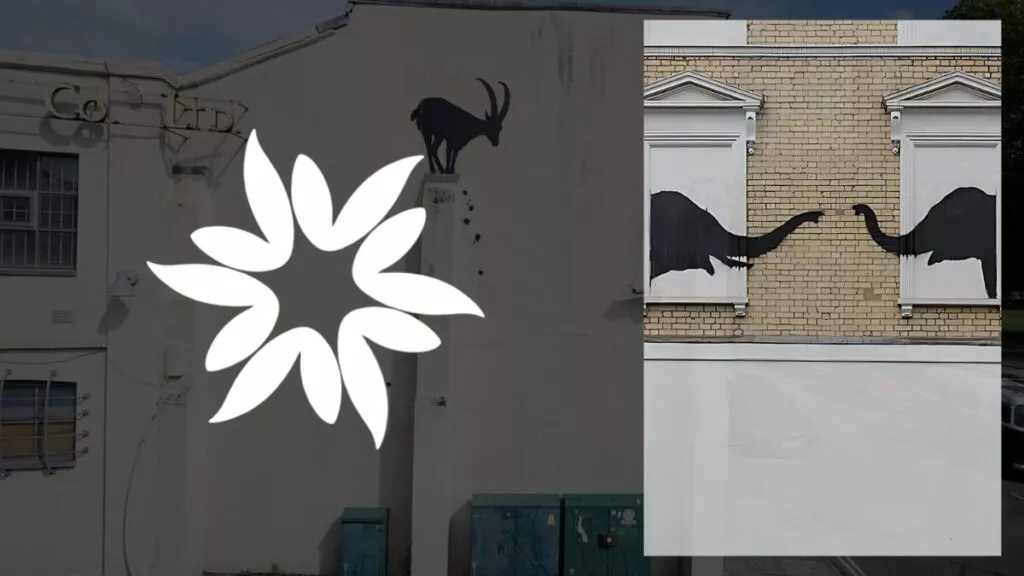NYC’s Guggenheim Museum increases admission by 20% amidst declining visitors and fiscal crisis, echoing a trend in major US art institutions.
Key Takeaways
- Guggenheim Museum raises admission prices by 20% in a bid to manage declining visitors and rising operational costs amidst a broader fiscal crisis.
- Art enthusiasts and visitors voice concerns over affordability and access to cultural institutions following this price increase.
- The trend of rising admission prices is seen across major US museums, prompting debates over the future sustainability and accessibility of these institutions.
The Financial Struggles of a National Icon
In the heart of New York City, the Guggenheim Museum, one of the nation’s most revered art institutions, has found itself tightening its fiscal belt. This Tuesday marked a significant change for the museum as admission prices were raised by $5, setting the priciest ticket at $30. This 20% hike is the first of its kind in nearly a decade, and museum officials have stated that they had no other option in light of dwindling visitor numbers and escalating operational costs.
The Pandemic’s Impact on the Guggenheim
Since the COVID-19 pandemic, the Guggenheim has been navigating choppy financial waters. Visitor levels have dipped by 16% since 2019, and in June alone, the museum experienced a 26% slump in attendance, as reported by The New York Times. The fiscal crisis gripping the Guggenheim reflects the broader financial strain faced by cultural institutions across the United States.
Visitors and Locals Weigh In
While some, like Florida resident Laura Siegelman, are willing to pay the increased admission despite finding it “ridiculous,” others, like Teresa Accardo, 63, from Huntington, have expressed heartfelt disappointment. Accardo reminisces about her visits to the Guggenheim during the New York City crisis in the late ‘70s, lamenting that “museums aren’t supposed to cost this much.”
Canadian visitor Kristen Manuel, who was in town with her family for the “This is New York” exhibit, echoed the sentiment that art should be accessible to all, questioning the morality of such a steep price. “I think that’s a big turnoff to a lot of people who would otherwise be delighted to come here,” she said.
NYC’s Guggenheim Museum increases admission by 20% amidst declining visitors and fiscal crisis, echoing a trend in major US art institutions.

Not Alone in the Struggle
The Guggenheim is far from the only cultural institution to make this tough decision. The Metropolitan Museum of Art, the Whitney Museum of Art in NYC, the Philadelphia Museum of Art, and the Art Institute of Chicago have all been pushed to raise admission fees for non-residents. The MET, for instance, raised its prices by $5 in July 2022, thereby becoming the most expensive museum in the city at that time.
Government Subsidies and Public Reactions
In addition to raised admission prices, museums like the Guggenheim are typically granted tax exemptions and government subsidies due to their non-profit status. The Guggenheim received $520,000 for its $67.7 million budget, while the MET was allocated $26 million for the 2023 fiscal year to bolster its $300 million budget. Moreover, many of New York’s prominent cultural establishments, including the Guggenheim and the Whitney, received federal bailouts during the pandemic.
Cultural Shifts and Future Implications
The dilemma is further complicated by changing cultural consumption habits. Harry Phibrick, Interim Executive at the Fabric Workshop and Museum in Philadelphia, noted that younger generations, accustomed to free access to culture via the internet, may be less inclined to pay for art. As the debate continues, art institutions are tasked with the challenge of striking a delicate balance between maintaining operational sustainability and ensuring that their collections remain accessible to diverse audiences.
In conclusion, as museums across the US, including the iconic Guggenheim, grapple with fiscal crisis and changing cultural expectations, they are faced with making tough decisions that may impact public access to art and culture. The hope is that a sustainable solution can be found – one that preserves the health of these vital institutions while keeping the doors of culture open to all.








